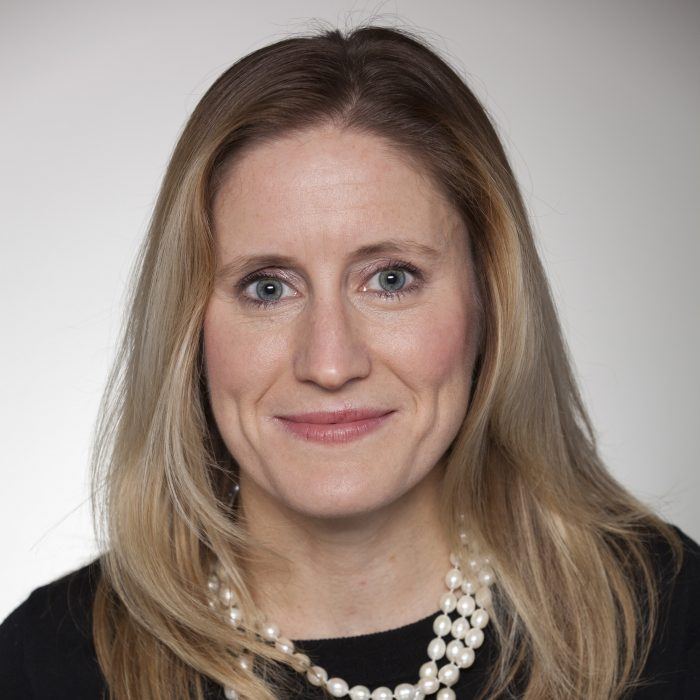Industry Insights
The Final Mile of the Patient Experience
At Yext, I frequently talk to health systems about patient acquisition and the digital patient journey, which begins with search. If a patient is going to search online and select a doctor, then the health system needs to ensure its providers are discoverable across all search platforms and devices — everywhere. In today’s evolving healthcare […]

Carrie Liken
Mar 30, 2018

At Yext, I frequently talk to health systems about patient acquisition and the digital patient journey, which begins with search. If a patient is going to search online and select a doctor, then the health system needs to ensure its providers are discoverable across all search platforms and devices — everywhere.
In today's evolving healthcare landscape, we're witnessing a major platform shift — the rise of artificially intelligent services like Siri, Alexa, and Google Assistant. Therefore, ensuring provider discoverability across all platforms and devices is becoming increasingly difficult. Health systems are concerned about missed opportunities in patient acquisition as its hard to determine just how many patients search for a physician, find the wrong information, and then decide to search for a provider at another system or practice.
Approximately 35% of patients who search for providers will seek an entirely different provider when they encounter wrong information online. And what about patients who have already booked an appointment and need a quick reference on how to get to the right address? I certainly don't remember every location on my calendar and I almost always look up where I need to go during that last mile of my patient journey.
Here is a real-life example of a missed opportunity — and a recent issue with the last mile in healthcare:
My husband is a leading expert in Down Syndrome and sees patients in his clinic during certain days of the month. On other days, he sees patients in his general genetics clinic at Massachusetts General Hospital (MGH).
In early February, his 8 a.m. appointment didn't show up until 8:35 a.m.
The patient — let's call her Suzie — showed up frustrated and exasperated (actually furious) because she said that she was coming from the suburbs of Boston to his clinic, and didn't remember where he was located. The patient had searched for him on Google, clicked on the map associated with his knowledge card, and used Google on her smartphone to navigate to MGH.
As the patient was driving, she realized she was driving on I-93 past MGH. The patient knew she was supposed to go to MGH, but didn't realize the directions were sending her to Boston Medical Center, instead. Turns out, the map marker on the Google Knowledge Card was pinned to Boston Medical Center — a hospital he isn't even affiliated with!
The patient would have been on time, but it took time for her to turn around and deal with traffic, and then find parking, only for her to show up to her 45-minute appointment with just 10 minutes left.
My husband couldn't bill the full amount for the appointment, and his patient was surely not happy about that frustrating experience, only to then spend just 10 minutes with her specialist.
If this had NOT been a missed opportunity, then the patient journey would have been seamless.
- The patient would probably not have been late.
- The patient would most likely have been happier with her visit.
- The patient would have been more likely to leave a positive review.
- The doctor could have billed for a fulfilled appointment.
There is no way of really telling just how many times missed opportunities occur. The final mile of the patient experience is critical in patient acquisition and retention. The final mile could mean the difference between a fulfilled appointment or a no-show. It could mean the ability to bill insurance for a patient seen, or not bill insurance at all. It could mean potential reductions in revenue for providers, and for health systems as a whole.
However, we do know that there are a few ways to combat these types of experiences in the future:
1.### Ensure your provider data is centralized and controlled.
If you as a health system or healthcare organization have little control of your provider data, or manage your provider data in multiple locations internally, how can you expect to control that data externally? How can you ensure that your patients find the right provider at the right time if you don't even know where your providers work or what numbers are the best access numbers for them?
2.### Syndicate your provider data to all of the places patients can (and will) search for a doctor.
You can't control where a patient will search for a provider. 83% of patients never visit a health system website before making an appointment or taking an action related to healthcare. Your health system's website is not your digital front door. Meet the patient where he or she is. Syndicating your correct data to the right places will ensure your providers are discoverable by patients — and that the last mile is the best patient experience possible. Doing this gives you and your providers peace of mind knowing that one less barrier exists to ensuring your patient arrives on time and your providers can bill for care given.
